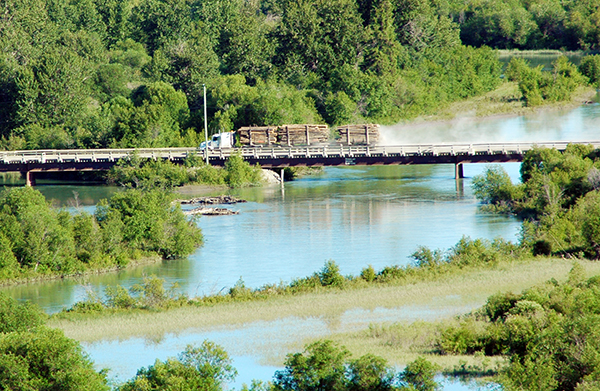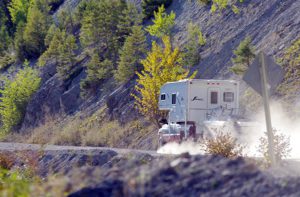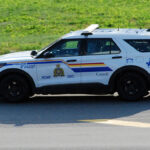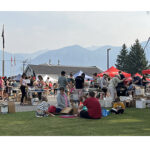Home »

Read before driving B.C. resource roads
Submitted by B.C. Ministry of Transportation and Infrastructure (MOTI)
Sometimes the roads less travelled can take you to some pretty spectacular spots. If you’re into hiking, mountain biking, fishing, or fancy yourself any kind of outdoor enthusiast, chances are you’ve braced yourself while navigating a resource road of some kind.
Resource roads (also known as logging, forest service, mineral exploration etc. roads) provide access to remote places beyond our highways. Resource roads are not built to highway standards. Like the name suggests, they were created for industrial purposes, but are often used by the public to reach recreational and backcountry areas. They also serve as crucial links for rural communities.
If you’re planning on driving a resource road, you should know about a handy little guide published by the BC Forest Safety Council (BCFSC). The Resource Road User Safety Guide explains what travellers should expect and offers tips on how to prepare for, drive, and communicate on resource roads. The council has also produced a 10-minute video: Resource Road Orientation Video – Work Here, Play Here, Stay Safe Here.
Driving safely on a resource road
 As a preview, here’s a list of five things you can do to make sure you return safely from venturing beyond the land of the marked highways.
As a preview, here’s a list of five things you can do to make sure you return safely from venturing beyond the land of the marked highways.
Gear up!: We often use resource roads to escape civilization for a time. Naturally, this means travelling beyond proximity of hospitals, gas stations, restaurants and cell coverage. It’s up to you to be prepared – and that means gearing up with supplies and emergency items outlined in the guide.
Road rules still apply: We may be seeking a respite from civilization, but that doesn’t mean we should become uncivilized. Behave the same way you would on a highway – drive to road conditions at safe speeds, stop only in safe, visible locations, and keep your headlights and taillights on. These are just a few road rules to keep in mind. Read the guide for more.
Watch for wildlife: Hey, you’re in the wild after all. Wildlife can pop out unexpectedly and sometimes act unpredictably. Just ask the police officer who tried to move a moose at a Prince George intersection.
Monitor traffic, if possible: Resource roads can be narrow, potholed and rough, and overgrown roadside brush can limit visibility. Industrial drivers use two-way radios on specific channels to announce their approach and let others know to clear the way. If you have a two-way radio, it’s a good idea to tune in to the specific frequency, which is sometimes posted roadside.
Yield to industrial traffic: These large vehicles have a job to do, and they can’t manoeuvre as swiftly as passenger vehicles. Give them some space.
Will a resource road connect you to your long weekend destination? If so, where are you headed?
Resource roads do not have signs or barriers identifying all hazards or dangers. Common hazards include:
Rough, loose gravel surfaces
Potholes
Sharp corners
Steep grades and drop-offs
Soft shoulders
Poor visibility due to brush
Dust, fog or smoke
Changing road surface conditions
Freezing rain or snow
Large industrial vehicles
High traffic volumes
Passing or being passed on narrow roads
Others failing to follow traffic control procedures
Wildlife
Rocks and boulders
Other unmarked hazards.
Where avalanche paths exist the roads may be partially covered with residual debris. As always, caution is advised on all roads and back-country travellers should be aware of rapidly changing weather and stream flows which may affect road conditions.
Please read road safety, road use regulations and road policy information before travelling on forest service roads. Please note that Forest Service Road Use Regulations including speed restrictions and insurance requirements are in effect and enforced.
Lead image: A loaded logging truck crosses the Columbia River Wetlands near Radium Hot Springs. e-KNOW file photos








